Fabrication of Aluminium
LK Die Casting Machine / 2024-09-24 16:39:29
2024-09-24 by Cherry
Introduction
Aluminum is widely used in industrial manufacturing due
to its excellent physical and chemical properties.
Especially in the use of die-casting machines, the
lightweight, high strength, and good forming characteristics
of aluminum make it an ideal choice. This article will explore
the application of aluminum manufacturing in die-casting
machines in depth, analyze its advantages, process flow,
common application areas and future development trends.
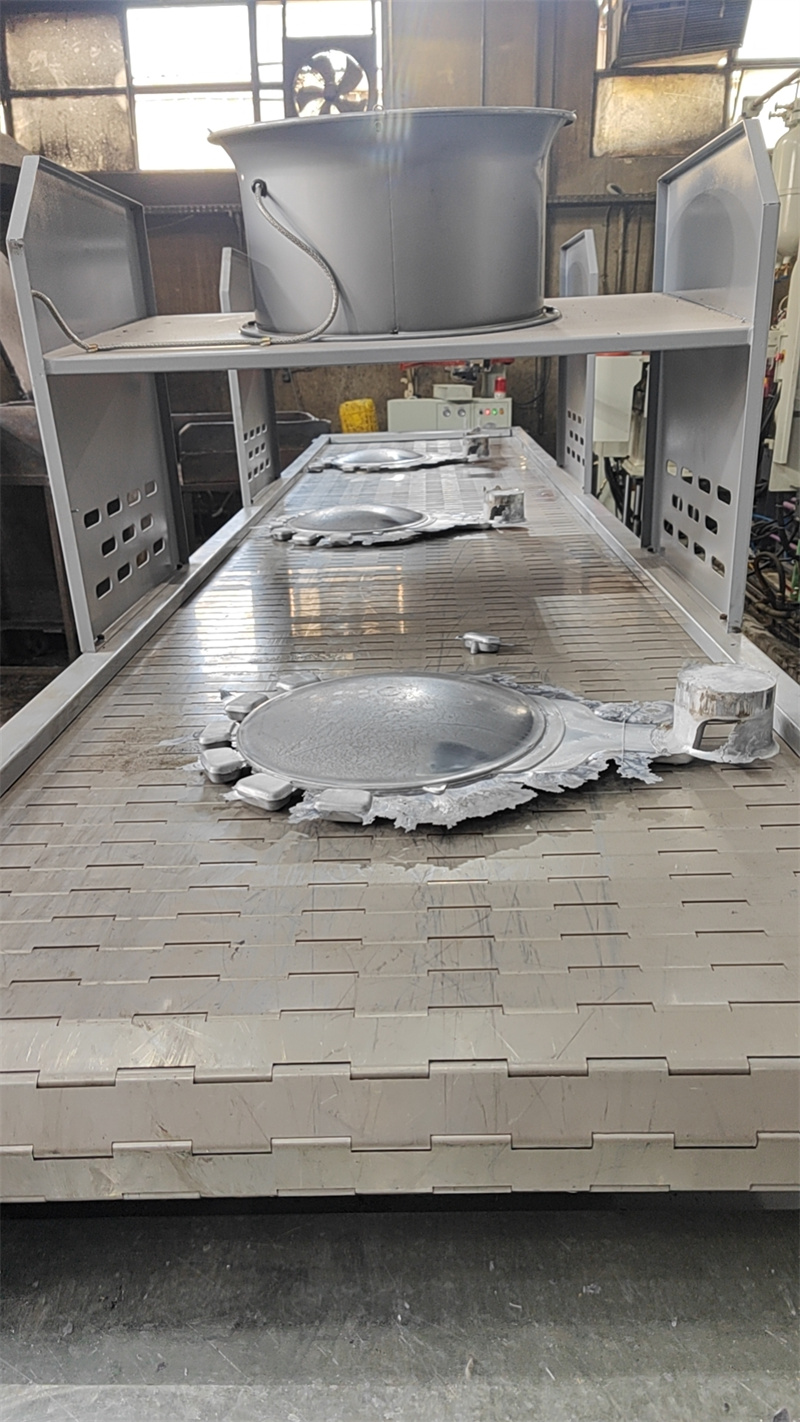
1. Characteristics and advantages of aluminum
Aluminum is a low-density, high-strength metal with good
corrosion resistance and thermal conductivity. The following
are several advantages of aluminum in die-casting machines:
1.1 Lightweight
Low density: The density of aluminum is about 2.7g/cm³, which
is only about one-third of steel. This makes aluminum
products lighter in weight at the same volume, easy to
transport and install, and reduces energy consumption. It allows
aluminum castings to maintain sufficient strength while
reducing the product's overall weight. This is particularly
important for industries such as aerospace and automobiles,
which can improve fuel efficiency.
Good electrical and thermal conductivity: The electrical
conductivity of aluminum is second only to silver, copper,
and gold, and it is widely used in electrical and electronic
fields. At the same time, aluminum has very good thermal
conductivity and is often used to manufacture heat exchange
equipment such as radiators.
1.2 Excellent fluidity
The low viscosity of aluminum gives it excellent fluidity
in a liquid state, which is essential for the die-casting
process. It can effectively fill the mold and ensure that
complex-shaped castings are defect-free.
1.3 Corrosion resistance
Aluminum can quickly form an oxide film in the air, which
can effectively prevent further oxidation and extend the
service life of the product. This is especially important
for many application scenarios that require environmental
corrosion resistance.
Strong machinability: Aluminum has good plasticity and
machinability, and can be made into products of different
shapes and sizes through various processing methods. For
example, aluminum liquid can be quickly formed into complex
parts through a die-casting machine.
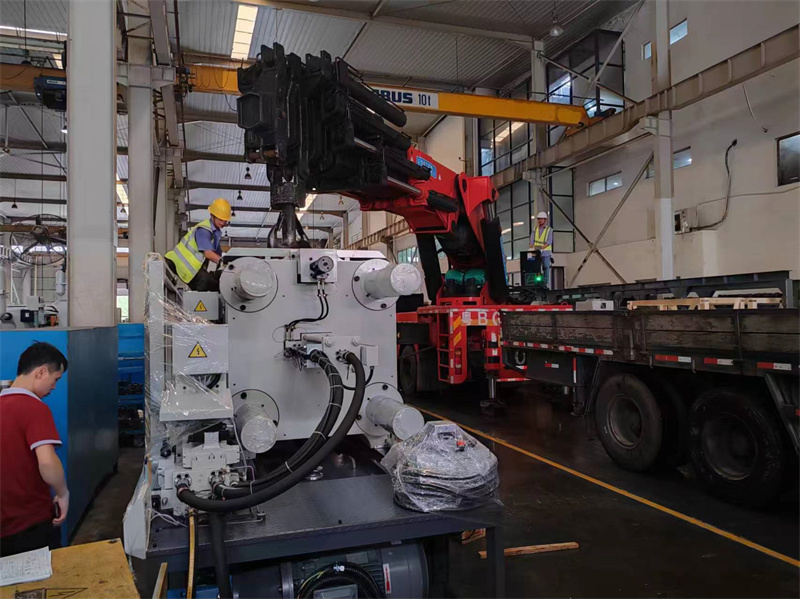
2. Working principle of die-casting machine
A die-casting machine is a device that injects molten metal
into a mold under high pressure to make castings. The
die-casting process is generally divided into two types:
cold chamber and hot chamber.
2.1 Cold chamber die-casting machine
Cold chamber die-casting machine is suitable for low-melting-point
metals such as aluminum. After the molten aluminum is
heated in a furnace, it is pushed into the mold by the piston
in the casting chamber. This process is suitable for
producing thin-walled, high-precision aluminum castings.
Hot chamber die-casting machines suit high melting point metals
such as zinc. The molten metal is stored in a heating furnace
and injected directly into the mold by a mechanical device.
This process is more suitable for producing a large number
of castings, but it is less suitable for aluminum.
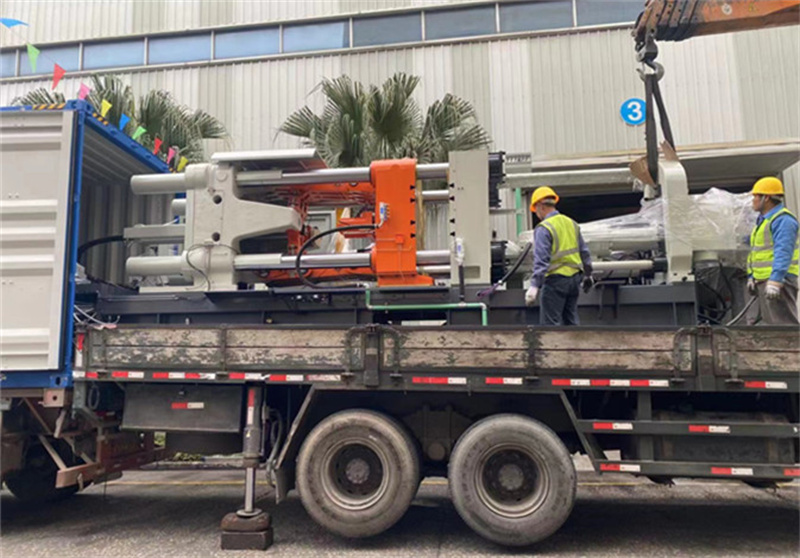
3. Aluminum Die Casting Process
The process of aluminum die casting mainly includes the
following steps:
3.1 Material Preparation
The selection of aluminum alloy materials is crucial. Commonly
used aluminum alloys include ADC12, A380, etc. Selecting
the right alloy according to specific application requirements
can significantly improve the performance of castings.
The aluminum alloy is heated to the melting temperature in
a furnace, usually around 660°C. The temperature needs to
be controlled during the melting process to prevent excessive
oxidation and quality loss of the aluminum alloy.
3.3 Injection
The molten aluminum is injected into the mold at high-pressure
through the injection system of the die-casting machine.
This process requires ensuring precise control of the
injection speed and pressure to avoid the generation of
bubbles and defects.
3.4 Cooling and demoulding
After the casting is cooled in the mold, it needs to be
demoulded in time. The control of cooling time directly
affects the size and precision of the casting.
3.5 Post-processing
After the casting is demolded, post-processing processes
such as deburring, polishing, and surface treatment are
usually required to improve the appearance quality and
durability.
4. Application fields of aluminum die casting
Aluminum die casting has a wide range of applications,
covering multiple industries:
4.1 Automobile industry
The automobile industry is one of the most widely used
fields for aluminum manufacturing in die-casting machines.
With the increasing demand for lightweight automobiles, the
proportion of aluminum parts in automobiles is also gradually
increasing.
For example, engine blocks, cylinder heads, transmission
housings, wheels, and other body structural parts can be
produced by die-casting machines. Due to the lightweight
characteristics of aluminum, the use of aluminum parts can
not only reduce the weight of the car and improve fuel economy
but also improve the performance and safety of the car.
4.2 Electronic products
In the electronic and electrical industry, aluminum housings
radiators, and other parts are also widely produced by
die-casting machines. Aluminum's good electrical and thermal
conductivity make it an ideal material for manufacturing
components such as heat sinks, housings, and brackets for
electronic devices. In addition, aluminum parts are also
beautiful and durable and can meet the appearance and performance
requirements of electronic and electrical products.
4.3 Aerospace
The aerospace field has very high requirements for material
performance. Aluminum has become one of the most important
materials in the aerospace field with its lightweight, high
strength, and corrosion resistance. In the aerospace field,
aluminum parts such as aircraft fuselage structural parts
and engine parts are usually produced by high-performance
die-casting machines to ensure product quality and reliability.
4.4 Home Appliances
Aluminum die-casting parts in many home appliances, such as
motor housings and brackets, use lightweight and strength
of aluminum to enhance product competitiveness.
Other fields
In addition to the above fields, the application of aluminum
manufacturing in die-casting machines also involves many
fields such as construction, furniture, and toys. For example,
aluminum alloy doors and windows, curtain walls, and other parts
in the construction field, aluminum alloy frames in the
furniture field and aluminum alloy toys in the toy field can
all be produced by die-casting machines.
5. Advantages of aluminum manufacturing in die-casting machines
5.1 High production efficiency
Die-casting machines can realize automated production, and high
production efficiency, and can meet the needs of large-scale
production. Compared with traditional casting methods, die-casting
machines have a short production cycle and can quickly produce
high-quality aluminum products.
5.2 Good product quality
The die-casting machine adopts high-pressure injection molding,
which can fully fill the aluminum liquid in the mold cavity,
and the molded product has high dimensional accuracy and
good surface quality. At the same time, the die-casting machine
can also adjust the performance of the product, such as
strength and hardness, by controlling the process parameters.
5.3 Products with complex shapes can be produced
The die-casting machine can produce aluminum products with
complex shapes and high precision to meet the requirements
of product shapes and sizes in different fields. By designing
a reasonable mold, the die-casting machine can produce various
complex geometric shapes, such as products with internal grooves,
bosses and other structures.
5.4 High material utilization rate
During the production process of the die-casting machine, the
utilization rate of aluminum liquid is high, which can reduce
material waste. At the same time, the die-casting machine can
also realize the recycling of resources by recycling waste
aluminum products.
6. Future development trend of aluminum die casting
With the development of science and technology and the changes
in market demand, aluminum die-casting technology is also
constantly improving.
6.1 Application of new materials
More and more new aluminum alloy materials are being developed,
especially high-strength aluminum alloys. These materials
can provide better mechanical properties while maintaining
lightweight.
6.2 Automation and Intelligence
The automation level of die-casting machines is gradually
improving, and the introduction of intelligent production
lines makes the casting process more precise and efficient.
This will reduce labor costs and improve production efficiency.
6.3 Environmental protection and sustainability
Today, with the increasing awareness of environmental protection,
the recycling and green casting process of aluminum are
valued. The development of environmentally friendly aluminum
casting technology will help promote sustainable development
of the industry.
Conclusion
The application of aluminum manufacturing in die-casting
machines have demonstrated their excellent performance and
wide applicability. From automobiles to aerospace, to
electronic products, aluminum die castings are increasingly
becoming an important part of modern manufacturing. With the
continuous advancement of technology and changes in the market
demand, the future of aluminum die casting is full of opportunities
and challenges.
Through continuous innovation and optimization,
the application of aluminum manufacturing in die-casting
machines will make greater contributions to promoting the
progress of industrial manufacturing and the development of
social economy.
Hopefully, this article will provide you with an in-depth
understanding of the use of aluminum in die-casting machines
and help you solve related problems. If you have more specific
questions, feel free to ask!
We are LK Die die-casting machine Authorized Official Agent
for Egypt(EGY),Saudi Arabia(KSA),United Arab Emirates(UAE)
The Islamic Republic of Iran(Iran),Qatar(QAT),
The State of Kuwait(Kuwait), The Middle East
Contact us to discuss the details of your project and we'll
be happy to provide you with a review and quote.
Learn more about our die-casting services through:
https://www.zazdiecasting.com/ and https://ae.zazdiecasting.com/
OTHER CONTENT
-
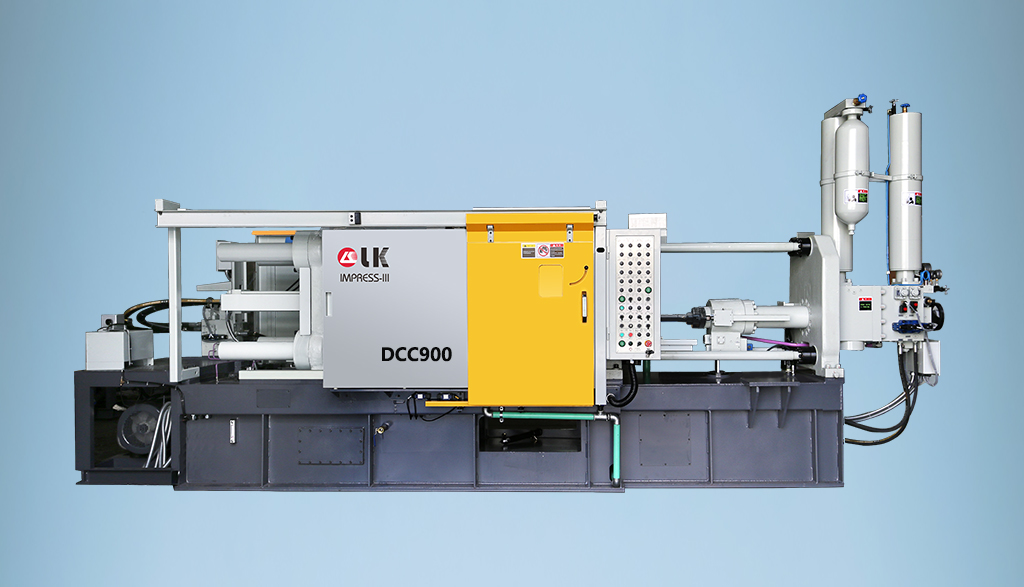
2024-09-19 14:16:15 LK Cold Chamber Die Casting Machine DCC900 Locking Force: 9000KN Die Height: 400-1000mm Space Between Tie Bars: 930x930mm Shot Weight: 13.5Kg Casting Area Max:2250c㎡
More -
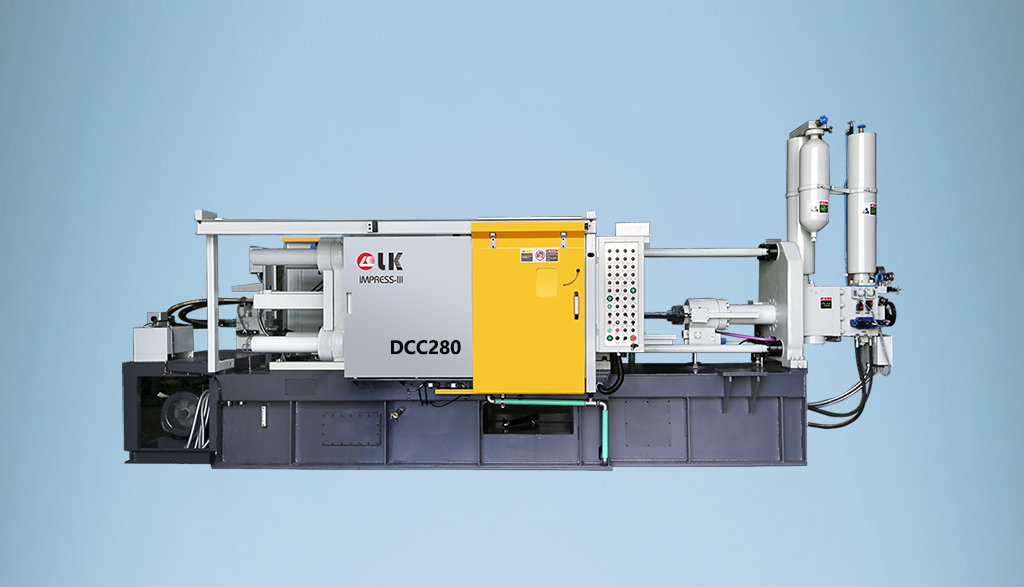
2024-09-19 14:11:06 LK Cold Chamber Die Casting Machine DCC280 Locking Force: 2800KN Die Height: 250-650mm Space Between Tie Bars: 560x560mm Shot Weight: 2.9Kg Casting Area Max:700c㎡
More -
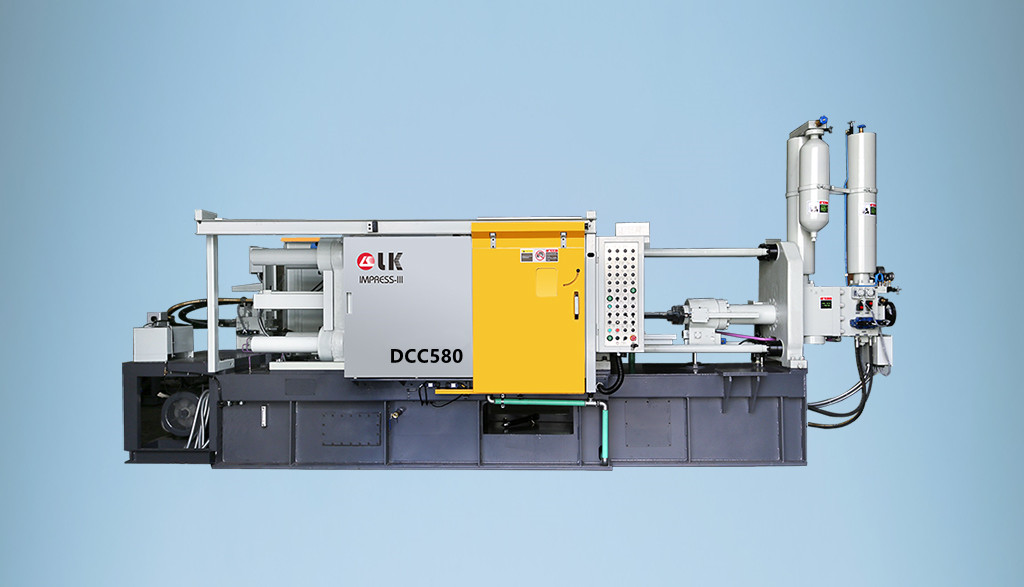
2024-09-19 10:23:07 LK Cold Chamber Die Casting Machine DCC580 Locking Force: 5000KN Die Heigh: 350-850mm Space Between Tie Bars: 760x760mm Shot Weight: 6.9Kg Casting Area Max:1250c㎡
More -
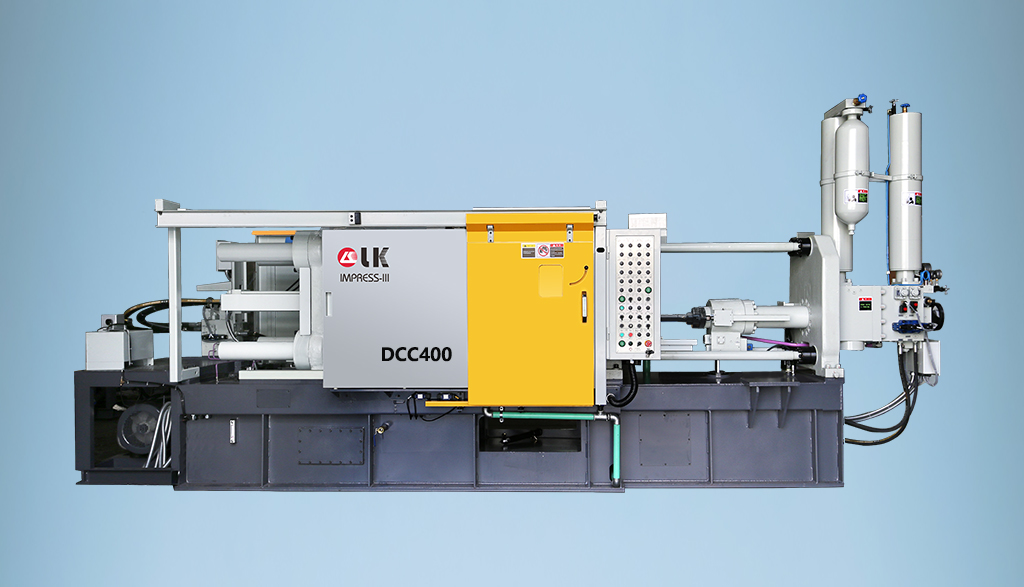
2024-09-19 10:11:20 LK Cold Chamber Die Casting Machine DCC400 Locking Force: 4000KN Die Height: 300-700mm Space Between Tie Bars: 669x669mm Shot Weight: 4.7Kg Casting Area Max:1000c㎡
More

